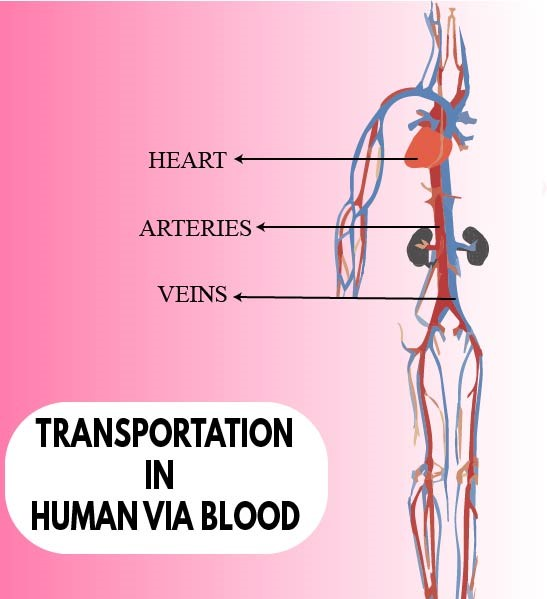
What is true about vein?
(a) All veins carry deoxygenated blood
(b) All veins carry oxygenated blood
(c) They carry blood from organ towards the heart
(d) They carry blood from the heart towards the organs.
Answer
493.2k+ views
Hint: It is an elastic blood vessel that transports blood from various regions of the body to the heart. It is composed of the cardiovascular system, which circulates blood to provide nutrients to the cells of the body. Its size varies from 1 millimeter to 1-1.5 centimeters in diameter.
Complete answer:
Veins are the blood vessels that conduct blood from different body parts back to the heart. All veins are carried deoxygenated blood except the pulmonary vein which carries oxygenated blood from the lungs to the left atrium of the heart. Small vessels are called venules that continue from capillaries, merge to form veins, and drain the blood from capillaries into veins.
Additional Information: Veins serve a critical function within our bodies. When blood has been pumped by the heart to various parts of the body, it must return to the heart. Veins are the return portion of a round-trip plane ticket, in a metaphorical sense. The veins are responsible for delivering the blood, now bluish, back to the right atrium (chamber) of our heart. Blood will collect more oxygen and prepare to be pumped back out through arteries in the heart. This is a cycle that continues as long as a person is living.
Veins can vary greatly in size. The largest vein in the body is known as vena cava, and in Latin word which means 'hollow vein.' There are typically two sections of the vena cava, one below the heart and one above it.
So, the correct answer is ‘They carry blood from organs towards the heart’.
Note: A major problem that will occur in veins is basically the result of a blockage or defect. Due to blood clots, the blockage has occurred in either superficial veins or deep veins, most often in the legs or arms. Blood clot formation and vein swelling in superficial veins is known as superficial thrombophlebitis.

Complete answer:
Veins are the blood vessels that conduct blood from different body parts back to the heart. All veins are carried deoxygenated blood except the pulmonary vein which carries oxygenated blood from the lungs to the left atrium of the heart. Small vessels are called venules that continue from capillaries, merge to form veins, and drain the blood from capillaries into veins.
Additional Information: Veins serve a critical function within our bodies. When blood has been pumped by the heart to various parts of the body, it must return to the heart. Veins are the return portion of a round-trip plane ticket, in a metaphorical sense. The veins are responsible for delivering the blood, now bluish, back to the right atrium (chamber) of our heart. Blood will collect more oxygen and prepare to be pumped back out through arteries in the heart. This is a cycle that continues as long as a person is living.
Veins can vary greatly in size. The largest vein in the body is known as vena cava, and in Latin word which means 'hollow vein.' There are typically two sections of the vena cava, one below the heart and one above it.
So, the correct answer is ‘They carry blood from organs towards the heart’.
Note: A major problem that will occur in veins is basically the result of a blockage or defect. Due to blood clots, the blockage has occurred in either superficial veins or deep veins, most often in the legs or arms. Blood clot formation and vein swelling in superficial veins is known as superficial thrombophlebitis.

Latest Vedantu courses for you
Grade 10 | CBSE | SCHOOL | English
Vedantu 10 CBSE Pro Course - (2025-26)
School Full course for CBSE students
₹37,300 per year
Recently Updated Pages
Master Class 11 Economics: Engaging Questions & Answers for Success

Master Class 11 Business Studies: Engaging Questions & Answers for Success

Master Class 11 Accountancy: Engaging Questions & Answers for Success

Master Class 11 English: Engaging Questions & Answers for Success

Master Class 11 Computer Science: Engaging Questions & Answers for Success

Master Class 11 Maths: Engaging Questions & Answers for Success

Trending doubts
State and prove Bernoullis theorem class 11 physics CBSE

1 ton equals to A 100 kg B 1000 kg C 10 kg D 10000 class 11 physics CBSE

State the laws of reflection of light

One Metric ton is equal to kg A 10000 B 1000 C 100 class 11 physics CBSE

1 Quintal is equal to a 110 kg b 10 kg c 100kg d 1000 class 11 physics CBSE

Difference Between Prokaryotic Cells and Eukaryotic Cells




